Sugar glider
$250.00
Buy Sugar glider Online
Buy Sugar glider are a small, nocturnal marsupial native to Australia, New Guinea, and parts of Indonesia. They are known for their adorable appearance and remarkable gliding ability, which has captivated wildlife enthusiasts and exotic pet lovers worldwide. Named for their love of sweet foods, especially sap and nectar, sugar gliders are about the size of a squirrel and weigh between 100-160 grams. Their distinctive features include the patagium, a stretchy membrane that extends from their wrists to their ankles, allowing them to glide distances of up to 50 meters (160 feet) between trees.
In the wild, sugar gliders are omnivorous, eating a wide variety of food sources such as tree sap, nectar, pollen, fruits, insects, and small vertebrates. In captivity, providing a balanced and species-appropriate diet is essential to keep them healthy. Sugar gliders require high levels of care and attention, and they are not ideal pets for everyone due to their need for social interaction, large space to glide, and a proper diet. Additionally, they are most active during the night, which may not suit all households.
Conservation-wise, sugar gliders are currently list as “Least Concern” by the IUCN, but habitat destruction poses a threat to some local populations. They have been introduce to Tasmania, where they are not native, and are consider an invasive species in some areas. In conclusion, sugar gliders are a remarkable example of nature’s ingenuity, combining the traits of a glider, a marsupial, and a highly social animal.
Habitat and Diet
Nice nest. Sugar gliders inhabit wooded areas with open forest. They mark and protect their territory, which can include over two acres of forested land. Urine and secretions from various glands make effective “fences.” Nighty-night. Sugar gliders are nocturnal, snoozing through the day until night falls, then they begin using their leap-glide-grab means of getting food. During periods of frigid cold or unavailable food, sugar gliders may lapse into torpor for up to 16 hours per day to conserve energy.
Sweet and sour. Sugar gliders are opportunistic omnivores, with a diet that changes with the seasons. While they do have a “sweet tooth” for nectar, sap, and tree gums, they also consume lizards and small birds. In Tasmania, their penchant for swift parrot nestlings has landed this mammal on the endangered species list! Superpowers against predators. This pint-sized nocturnal mammal can be preyed upon by owls and snakes, so it makes full use of its gliding capabilities, leaping from tree to tree for safety.
Be the first to review “Sugar glider” Cancel reply
Related products
Sugar Gliders For Sale
Sugar Gliders For Sale
Sugar Gliders For Sale
Sugar Gliders For Sale
Sugar Gliders For Sale

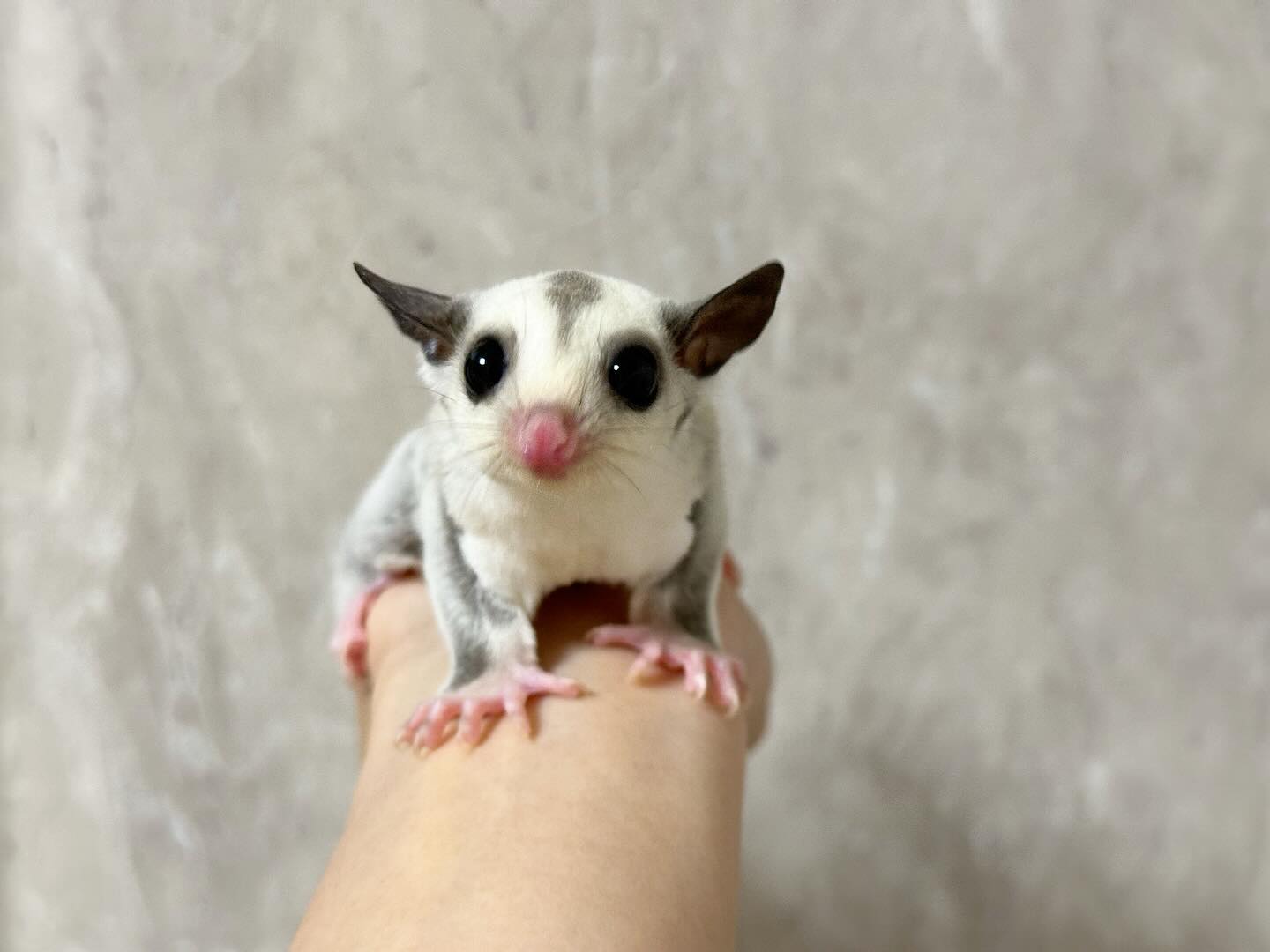
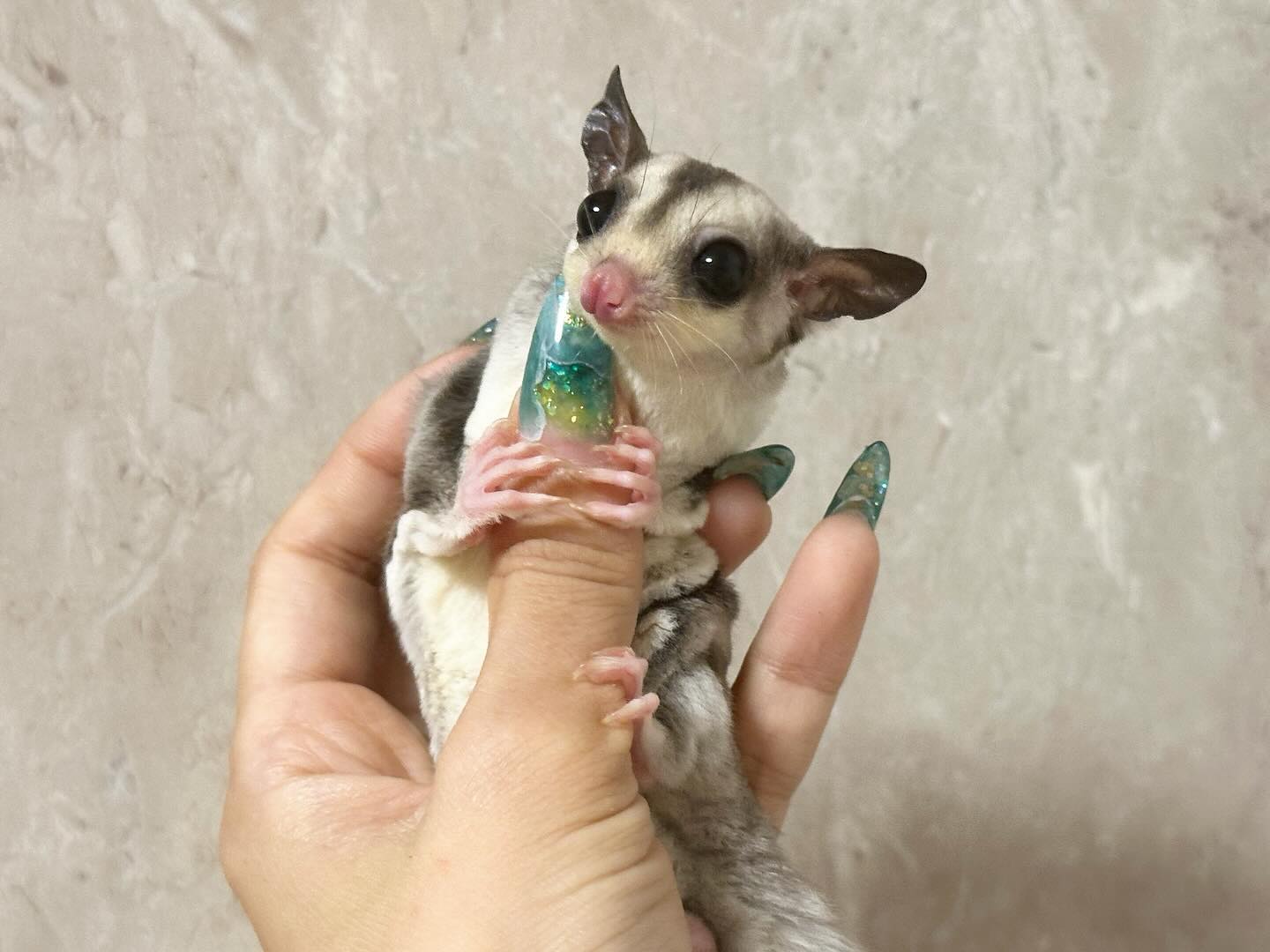
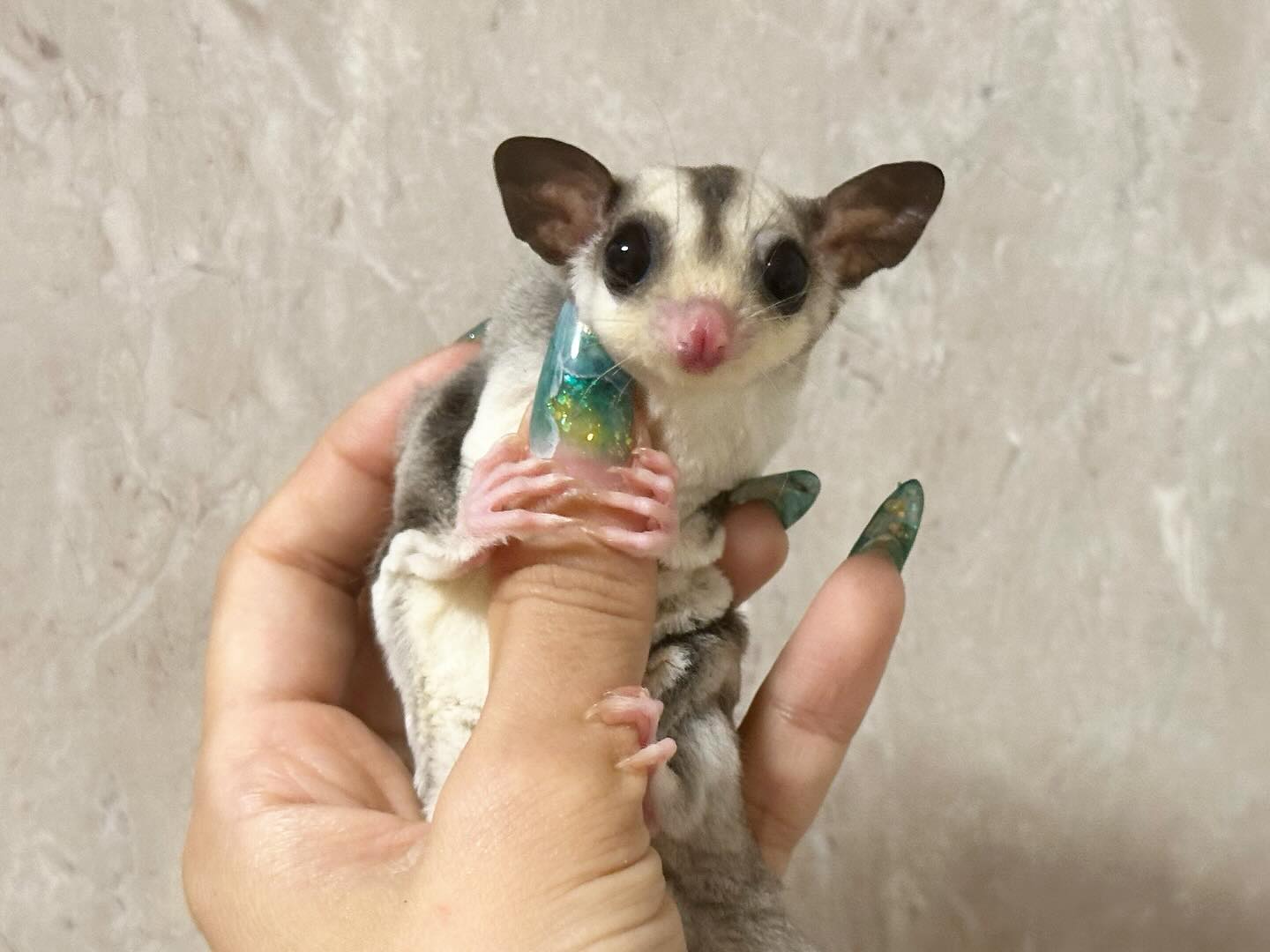
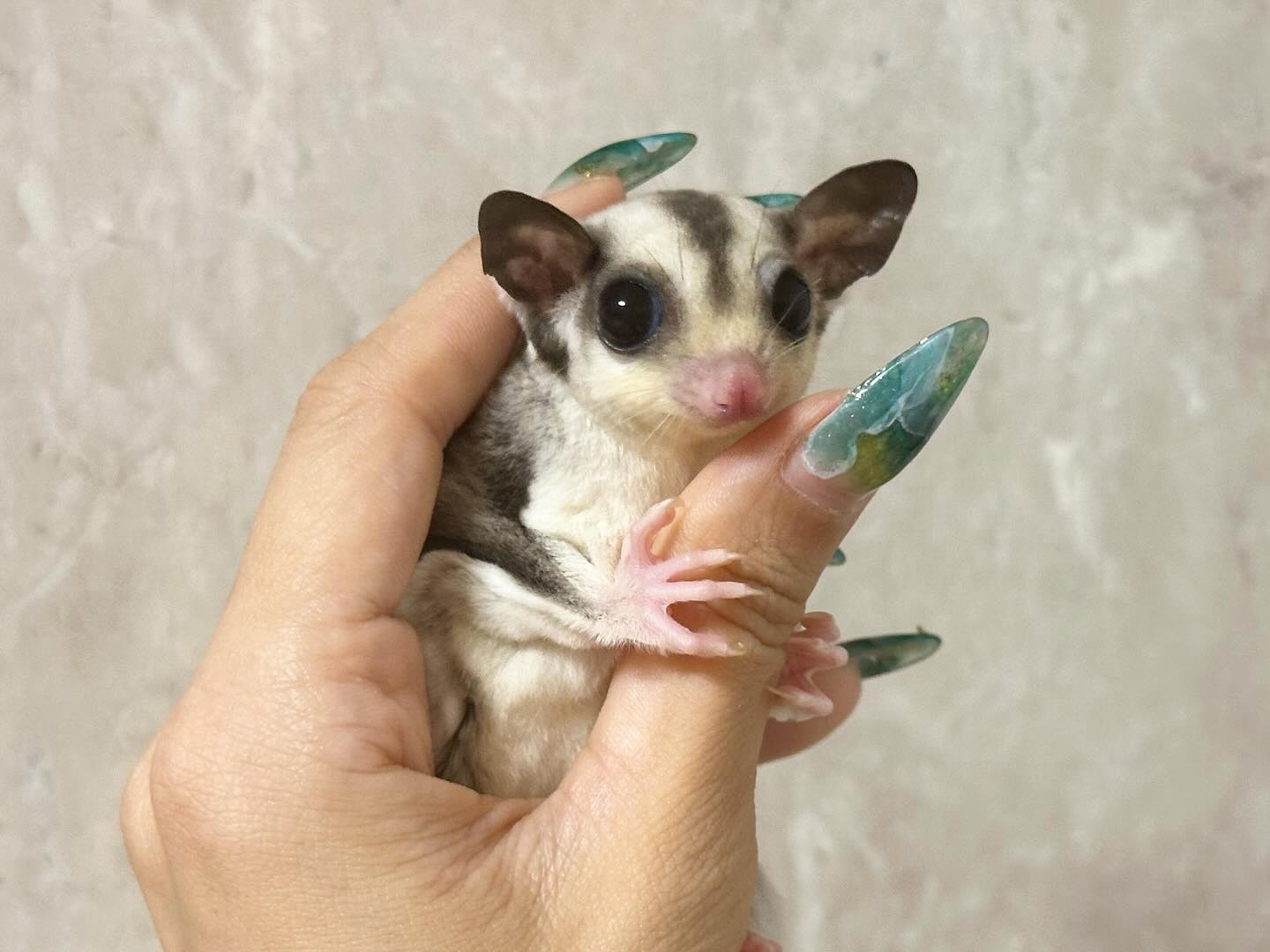
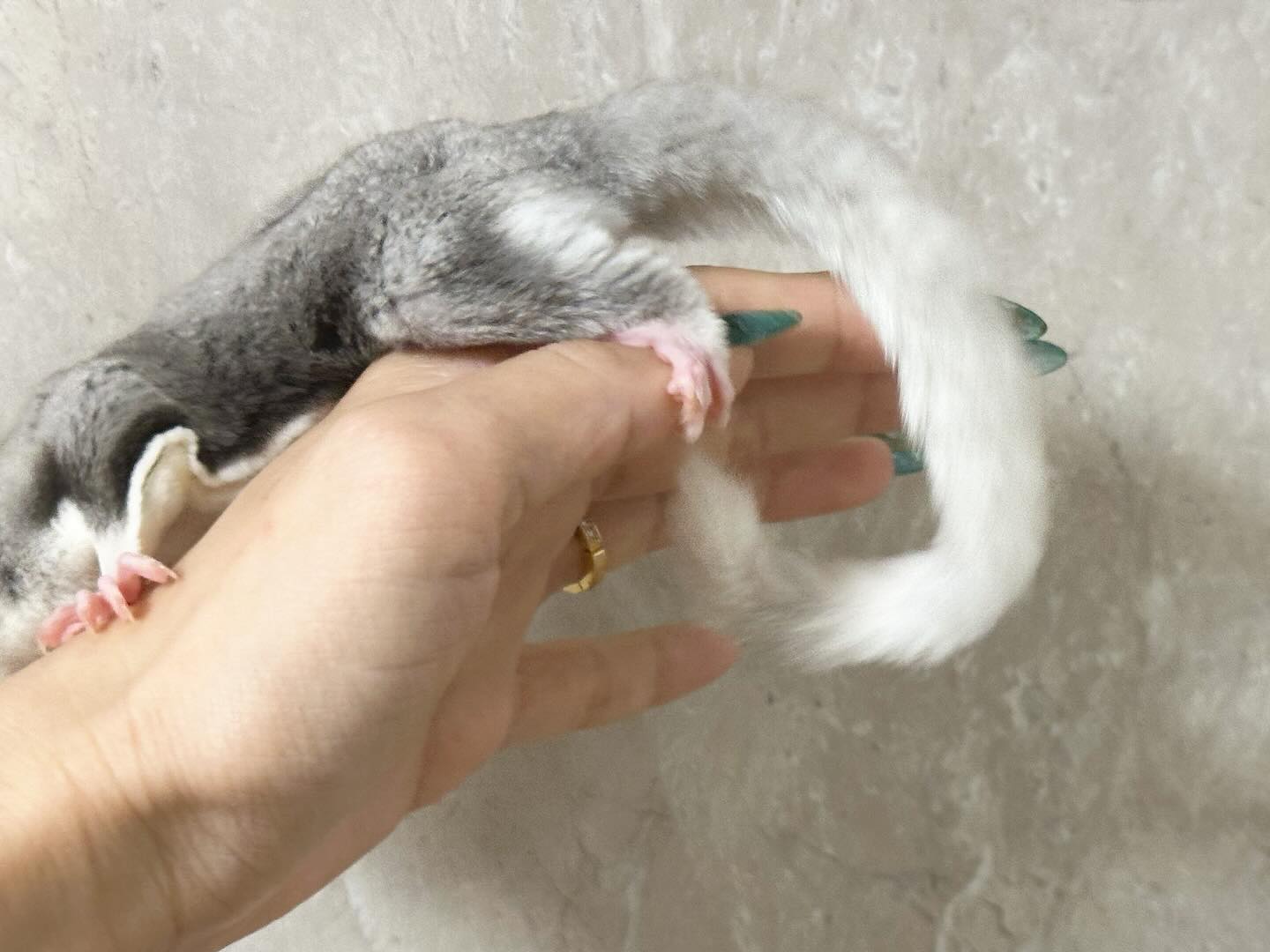


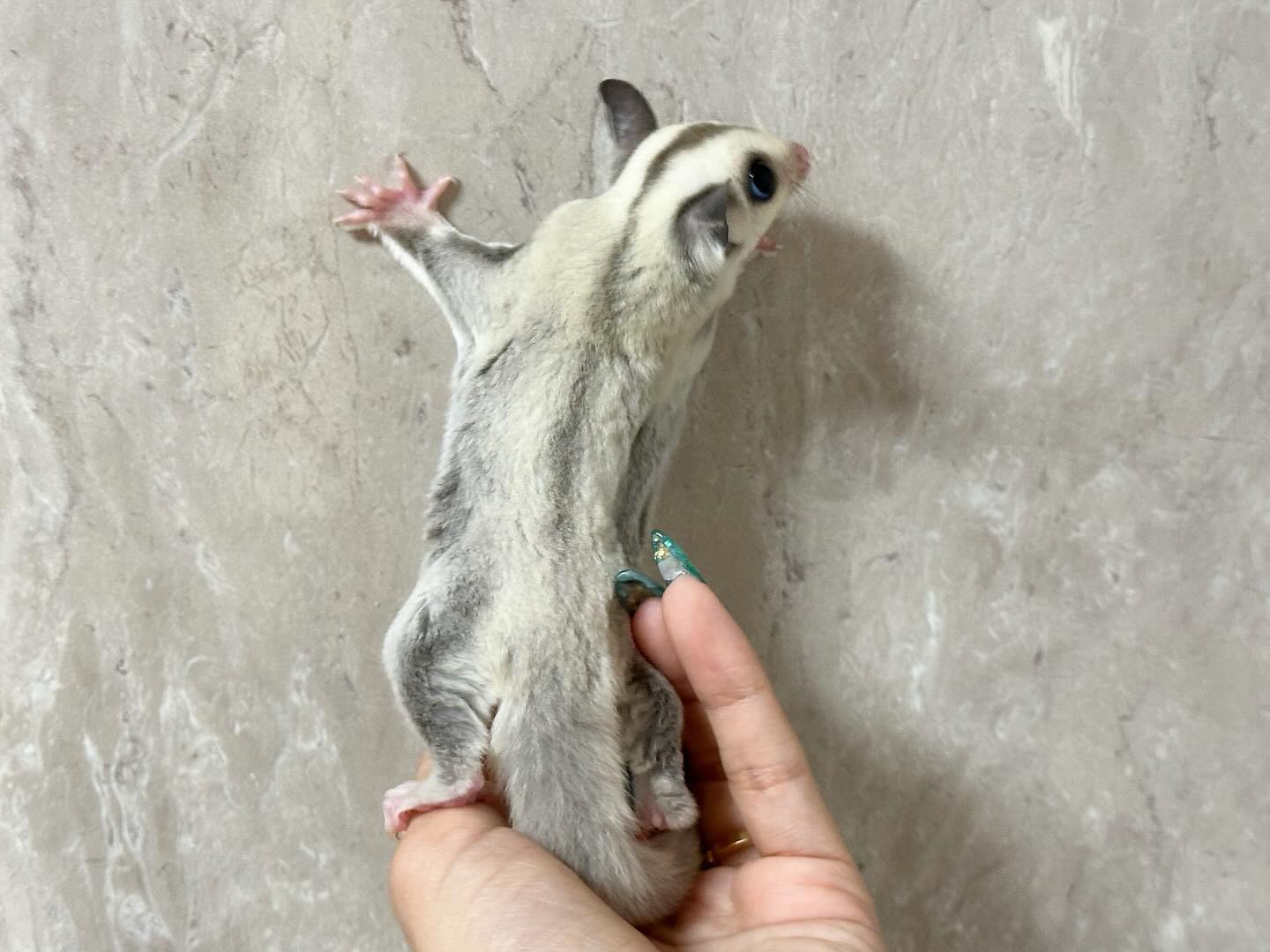
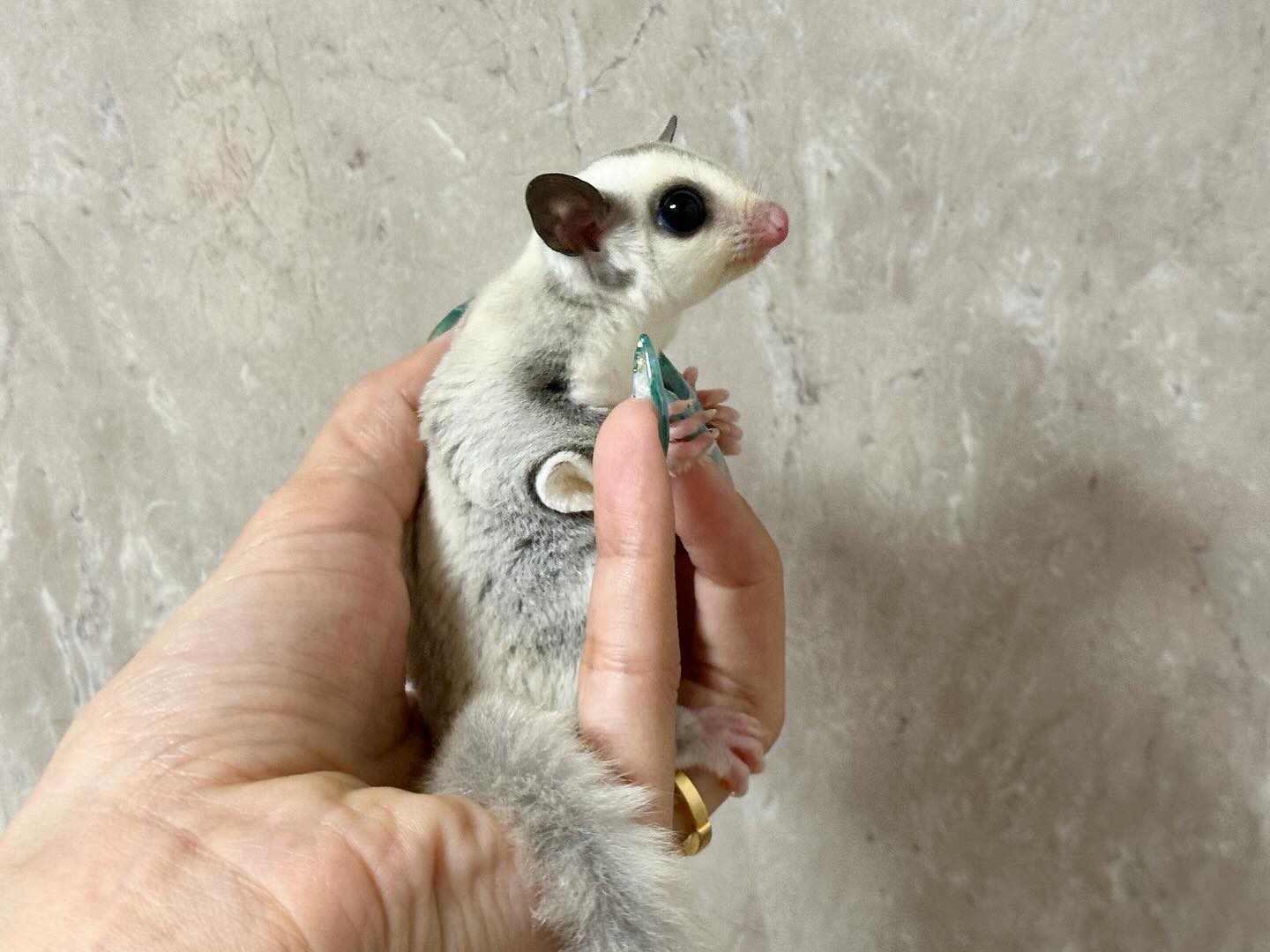
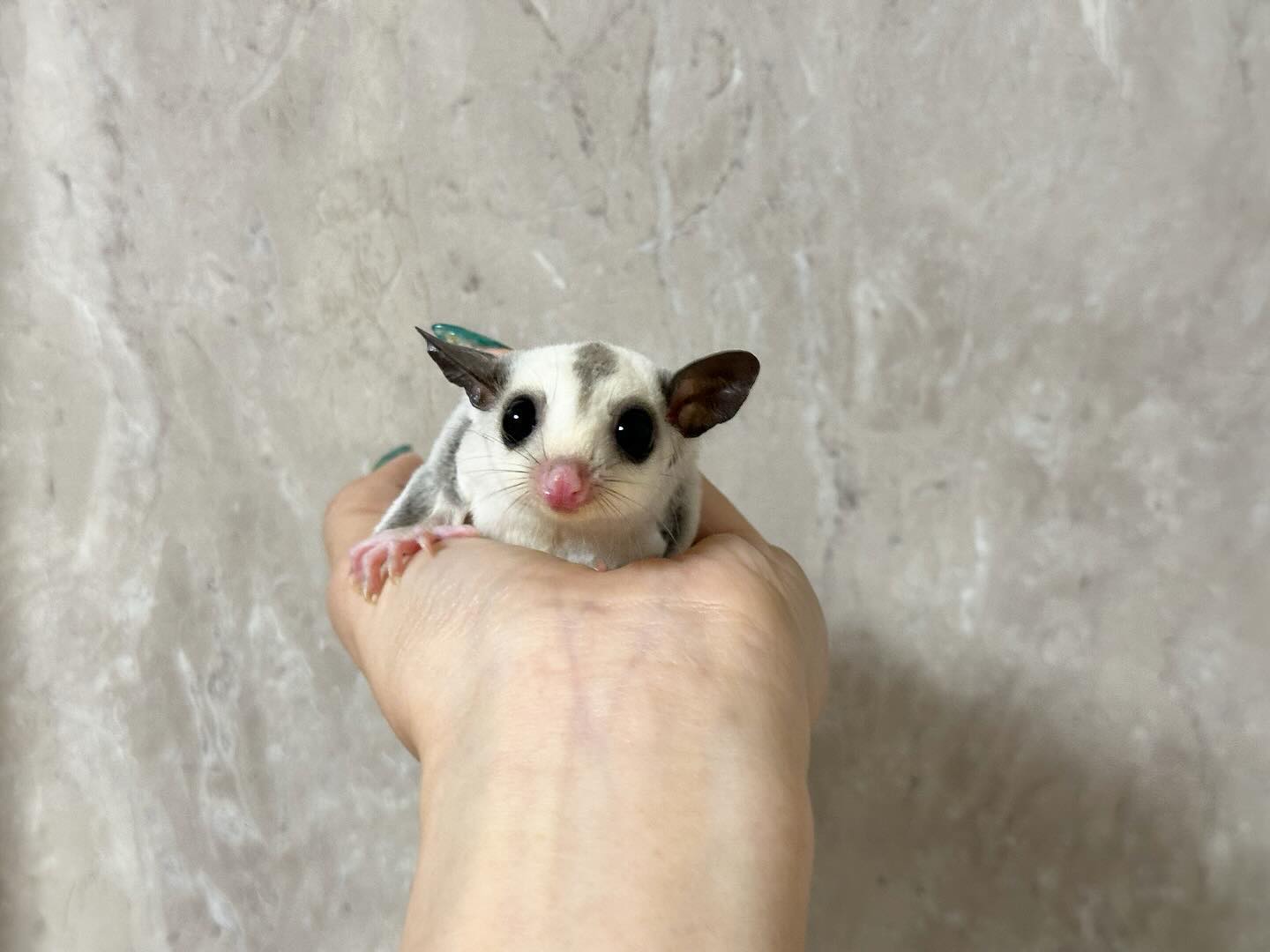



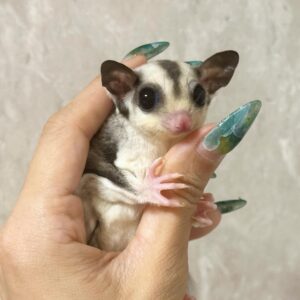
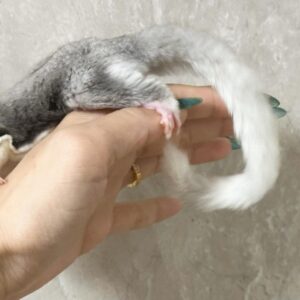
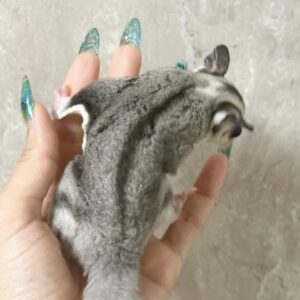



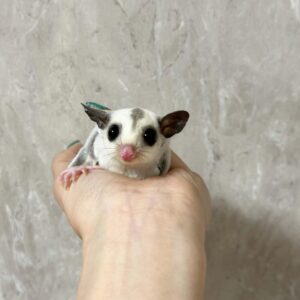
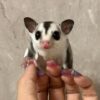










Reviews
There are no reviews yet.